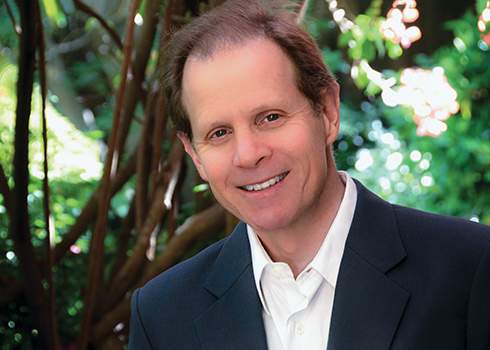The experience of raising his own children and grappling with the fascinating changes adolescence brings inspired the psychiatrist to investigate the radical changes happening in young brains. He wishes he knew what he knows now when his children were teenagers.
Why do you think Brainstorm has become so popular?
I’m guessing because it’s refreshing news. We’ve been dealing with this period of life in very negative ways, and it’s time to shift the conversation and make use of some helpful scientific understanding.
What motivated you to write the book?
When my children left their teenage years, I wanted to try to understand all the experiences we’d had as a family. I started looking at the popular literature and found a lot of material was insulting to adolescents. There was nothing to help parents or adolescents learn about the new discoveries in the science of the adolescent brain.
If you knew what you know now, would you have done anything differently?
I sure learned a lot researching this book. As a result, I imagine I would have been more patient with my own adolescents, more spacious in my own mind, so that when they pushed against me, I wouldn’t have taken it as personally. When you understand that nature has created changes in the adolescent brain that prepare the child to move from soaking in the knowledge of the world from adults to pushing them back, you have more understanding and appreciation. You see just how much they’re remodeling their brains to see the world through new eyes.
What can an adolescent learn from this book?
An adolescent can learn about what’s going on in their brains in ways they haven’t been taught before. It can debunk the destructive and disempowering myths they’re subject to. Knowing that their brain is going through necessary and positive changes can empower them to face the struggles that come with the quest to find their identity, their place in the world, with more self understanding. In seeing the drive of the brain to explore new things, for example, they may see both the benefit and the risk. As a result, they may find their way toward choices that lessen the risk. If you want the thrill of going fast, for example, you probably don’t want to do it in cars on highways while drinking.
Yet parents are so often the boundary setters.
Quite right. That’s the big challenge. When you say, “Under no circumstance do I want you to do X” to an adolescent, X becomes the very thing they want to do. If an adult—a parent, a teacher, a coach—can embrace their adolescent’s biological need to push back, they can frame things differently. Adults too often assume adolescents are stupid, that they don’t have the capability to develop and follow an inner compass, that they have to be protected from themselves.
How do you do things differently, then?
First off, treat them as people who have the capability to develop an inner compass.It’s just that their brain deemphasizes the downside of risks. By exploring risk with them, you can help foster the development of the compass they will follow in making decisions throughout their life—far preferable to trying to make the decisions for them. That short-circuits the process of moving from dependence to interdependence.
You can also encourage practices that cultivate what I call “mindsight,” the ability to see or know the mind, and I suggest a number in Brainstorm. It’s possible to cultivate a spaciousness of mind that allows us to take in whatever is arising from others and inside ourselves with more openness and presence. And that can help us all navigate this period well—and revive some of the spirit of adolescent exploration when we find it lacking later in life.
This article also appeared in the June 2014 issue of Mindful magazine.








